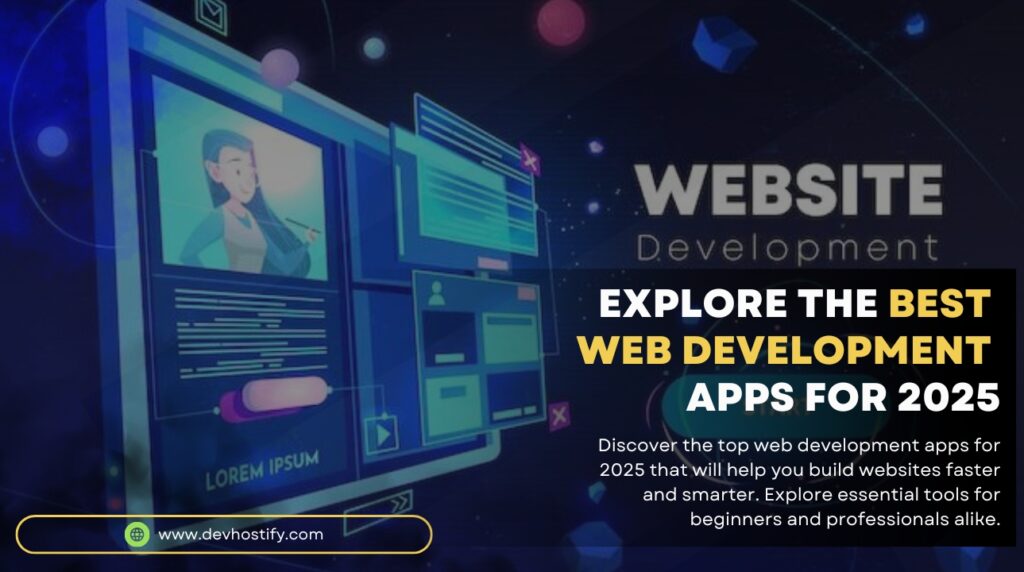Top 5 JavaScript Projects to Practice as a Beginner
Home About us Services Digital Marketing Graphic Designing Web Developement Hostinger services Blogs Contact us Home About us Services Digital Marketing Graphic Designing Web Developement Hostinger services Blogs Contact us Get Started Top 5 JavaScript Projects to Practice as a Beginner Discover the top 5 beginner-friendly JavaScript projects to sharpen your skills, boost confidence, and build a strong foundation in web development. Table Content Introduction Why Practice with JavaScript Projects? Top 5 JavaScript Projects to Practice as a Beginner JavaScript To-Do List App JavaScript Calculator JavaScript Quiz App JavaScript Digital Clock JavaScript Weather App Using API Recommended Web Development: Why Choose Us Conclusion Introduction If you’re starting your journey in web development, learning JavaScript is one of the most valuable skills you can acquire. JavaScript powers interactivity on the web, making websites dynamic and engaging. The best way to truly learn JavaScript is by building real projects. In this blog, we’ll explore the top 5 JavaScript projects that are perfect for beginners. These simple yet powerful projects will help you apply what you’ve learned and build confidence in your coding abilities. Why Practice with JavaScript Projects? The Importance of Hands-On Learning JavaScript in Real-World Web Development Practicing JavaScript through projects simulates real-world scenarios. It helps beginners understand how JavaScript works in actual web pages, rather than isolated code snippets. Build Portfolio and Gain Confidence Practical Experience Matters By creating JavaScript projects, beginners not only learn to solve problems but also build a portfolio to showcase to future employers or clients. Top 5 JavaScript Projects to Practice as a Beginner 1. JavaScript To-Do List App What You’ll Learn DOM manipulation Event handling Arrays and local storage Why It’s Great for Beginners A JavaScript to-do list app teaches you how to work with user input, display dynamic content, and save tasks using local storage. It’s an essential stepping stone for mastering interactivity. Bonus Tips Add edit and delete options Sync with browser storage for persistent data 2. JavaScript Calculator What You’ll Learn Functions and operators Conditional logic Event listeners Why It’s Great for Beginners A simple calculator is an excellent way to practice JavaScript math functions and user interface logic. You’ll gain hands-on experience managing input and performing calculations. Bonus Tips Add keyboard support Improve layout with responsive design 3. JavaScript Quiz App What You’ll Learn JavaScript arrays and objects Loops and timers Conditional rendering Why It’s Great for Beginners A quiz app teaches how to use JavaScript to store questions and answers, loop through them, and display results. It also introduces concepts like timers and feedback mechanisms. Bonus Tips Include a timer countdown Add score tracking and feedback 4. JavaScript Digital Clock What You’ll Learn Date and time objects setInterval method Dynamic HTML updates Why It’s Great for Beginners Creating a live digital clock using JavaScript is a fun project that helps you understand time-based functions and how to update the DOM continuously. Bonus Tips Show date and day Add AM/PM toggle 5. JavaScript Weather App Using API What You’ll Learn Fetch API and JSON Promises and error handling DOM manipulation based on data Why It’s Great for Beginners Using a public weather API, you’ll learn how to make HTTP requests and display live data. It introduces you to one of JavaScript’s most powerful features: API interaction. Bonus Tips Display weather icons Show additional info like humidity and wind Recommended Web Development: Why Choose Us Learn JavaScript with a Guided Path Structured Courses and Tutorials Our web development resources are designed specifically for beginners. Whether you’re learning JavaScript for fun or for a career, we provide a structured roadmap to help you succeed. Real Projects, Real Results Practice with Confidence We guide you through real JavaScript projects step-by-step, so you’re never stuck or overwhelmed. Our tutorials are interactive and beginner-friendly. Community Support You’re Not Alone Join a community of learners, get help when you’re stuck, and share your progress. Learning JavaScript is more fun when done together! Conclusion Practicing with beginner-friendly JavaScript projects is the best way to build your skills and gain confidence. Whether it’s a to-do app, quiz game, or weather widget, these projects help you understand the core concepts of JavaScript and apply them to real web development scenarios. Start with one project, master it, then move to the next. Before you know it, you’ll be building full-featured web apps using JavaScript with ease. Recent posts Let us build the bridge between your Brand and customer We focus on understanding your audience, telling your story with clarity, and delivering value through every click and interaction. Whether it’s a sleek website, strong social media presence, or powerful branding — we ensure your message reaches the right people in the most impactful way. Ger Started DevHostiy From Localhost to Designed for developers, optimized for performance. From fast deployments to rock-solid uptime, we power your code with confidence. Let’s build something great — together.scale Services Digital Marketing Graphic Desining Web Developement Hostinger Contact us +92 325 7058601 mdaniyalarain70@gmail.com Facebook Twitter Youtube © 2025 DevHostify. All rights reserved.





